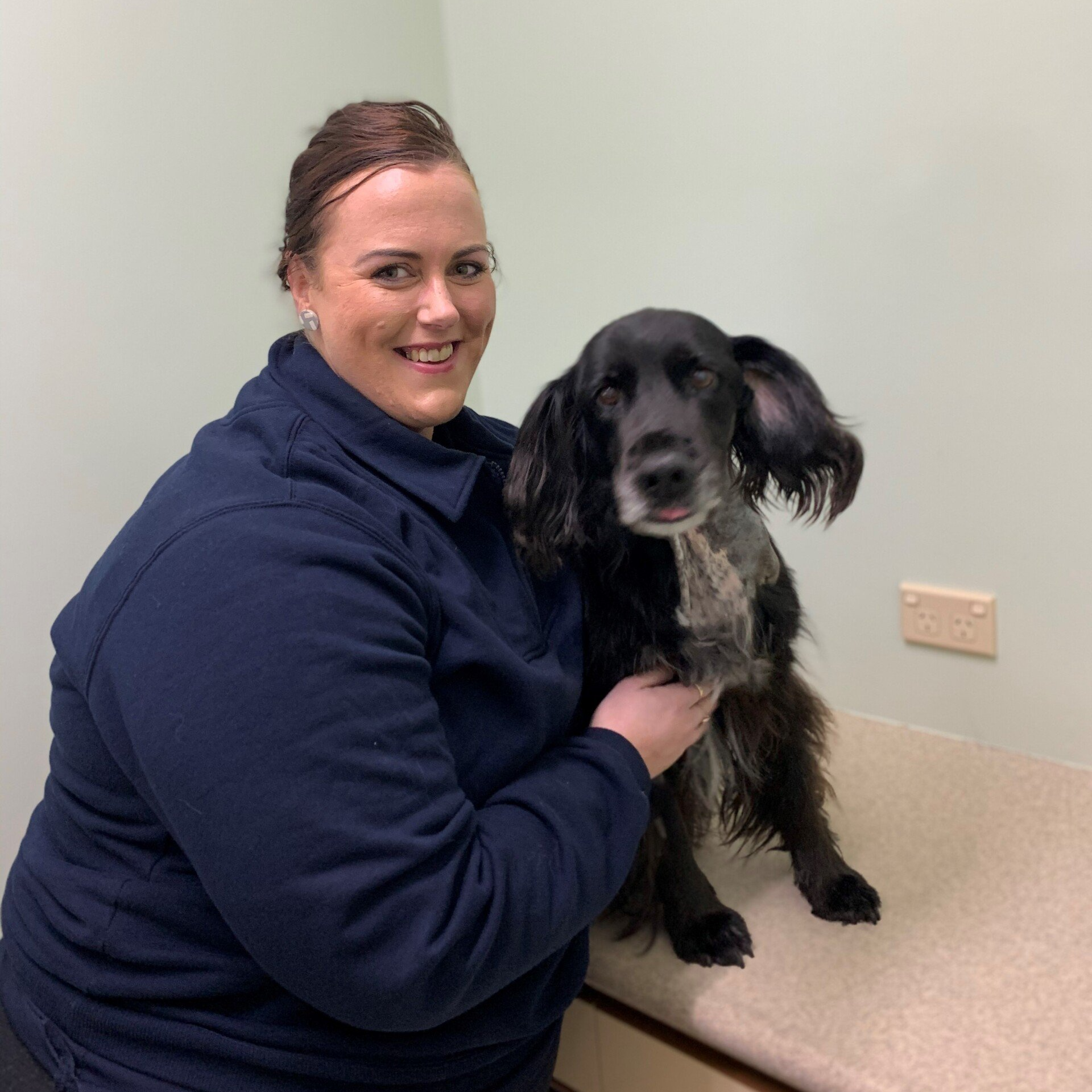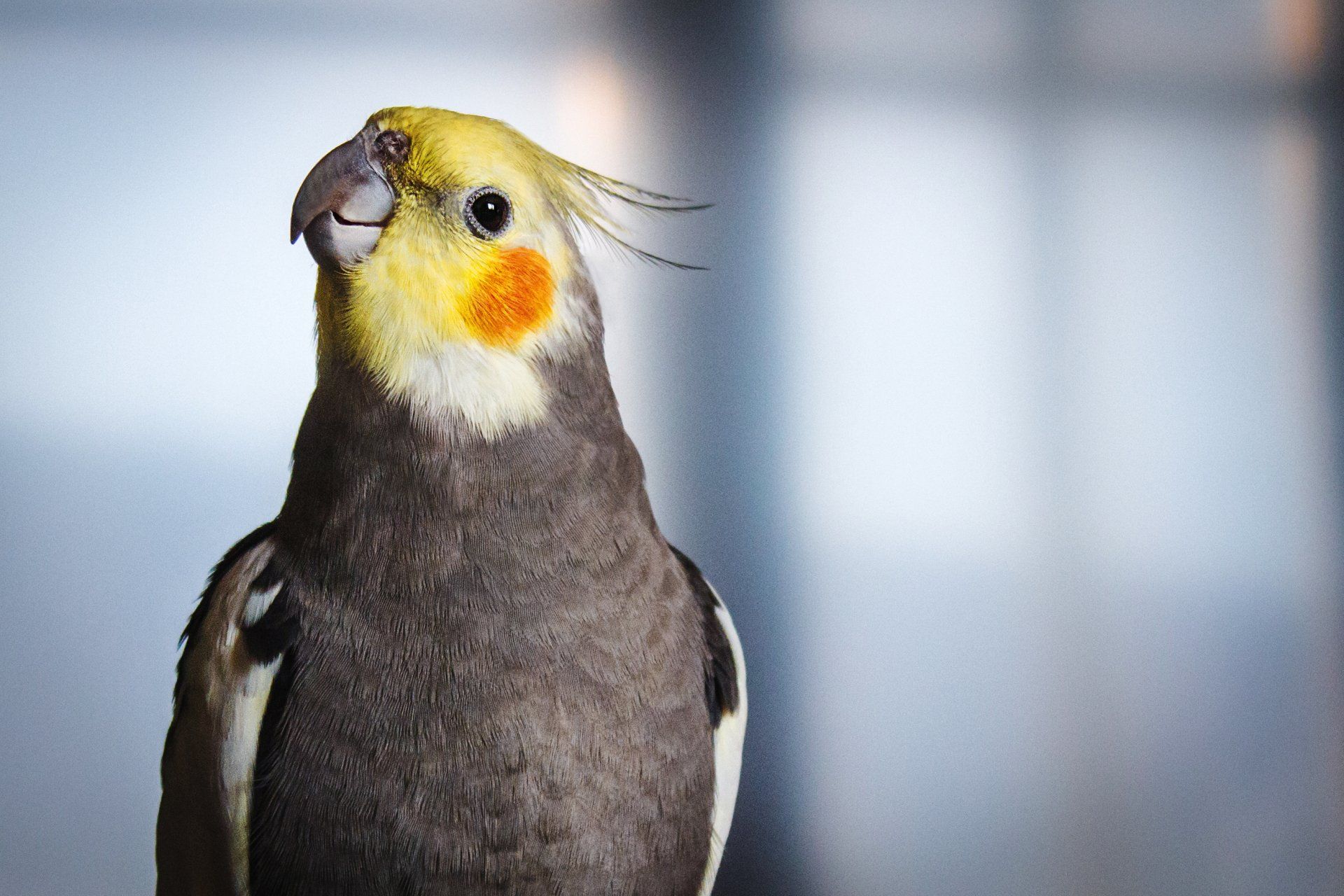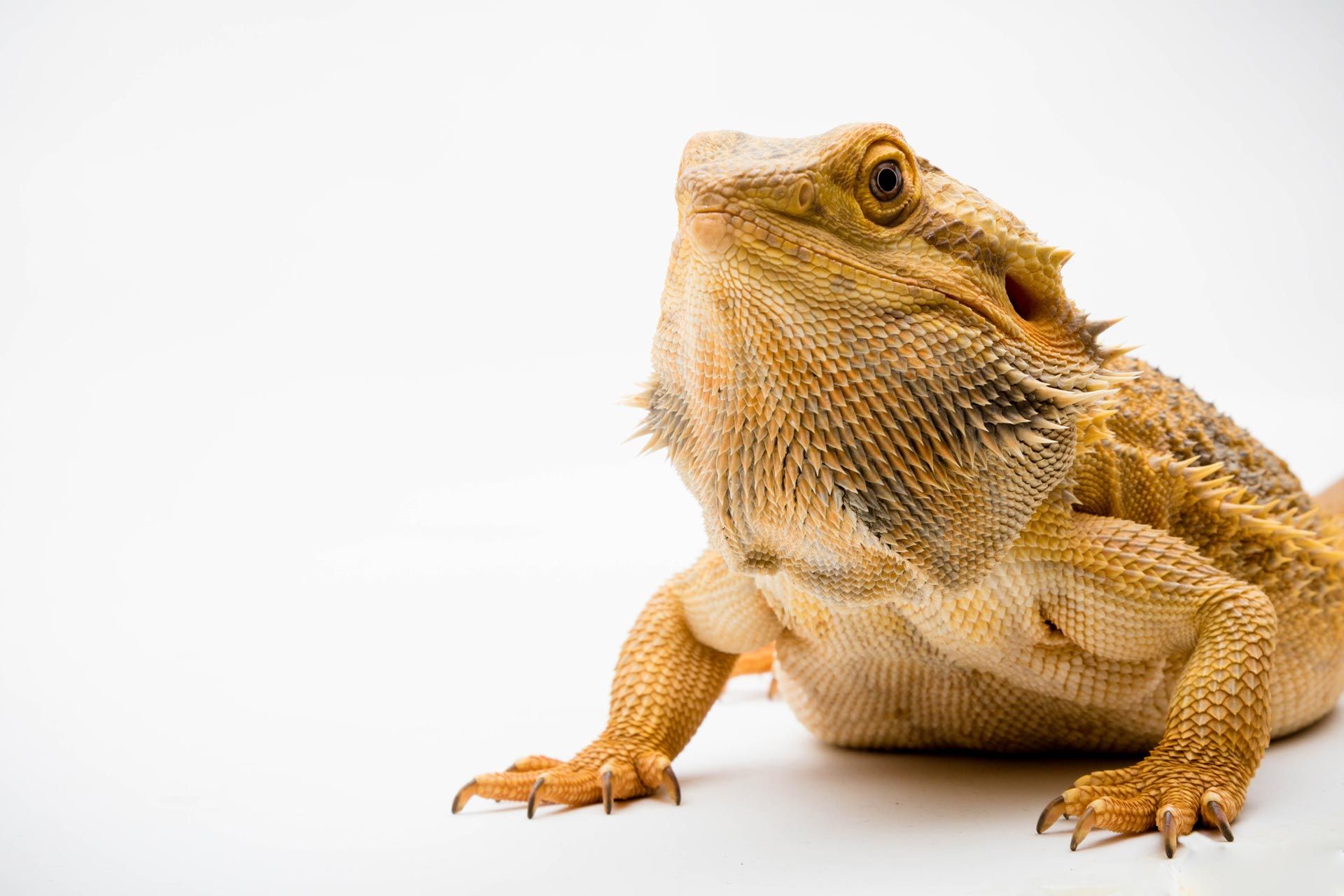Snake Bite
In this area we most commonly see animals that have been bitten by brown & tiger snakes.
The highest incidence of bites occurs between October & February.
Baby snakes carry enough venom to kill 2 humans but they have small fangs that make it harder for them to get an effective strike.
Animal species all vary in their susceptibility to snake venom but most snakes carry enough venom to kill any domestic animal.
Snake venom contains many toxins & different snake species vary in the composition of their venom.
What to do if your pet is bitten:
The first thing you must do is immobilise them. Carry your pet to the car, or bring the car to the pet (depending on it's size).
When approaching your pet, make sure it is safe to do so, as you may be bitten too.
Try not to panic (I know, easier said than done), it is important that your pet is kept as quiet as possible and does not walk or run as this will increase the speed of envenomation.
Your pet needs to see a vet immediately , it is better to go straight to a vet, than to wait to see what happens, this could cost the pet its life. Remember a dog may have up to an hour to live if lucky - depending on the amount of venom administered by the snake.
Do not try to capture or kill the snake, but do try to identify it to tell the vet what sort of snake it is.
Most bites occur on the face, head, in the mouth, or limbs. Don’t waste time looking for the bite, you probably won’t find it.
Tourniquets should never be used.
Clinical Signs
All lethal envenomations will ultimately end in flaccid paralysis but there is variation on victim species & snake species, dose of venom & site of bite.
Dogs often show pre-paralytic signs- vomiting, salivation, lethargy whereas cats infrequently show these signs. Cats usually show ataxia (lack of muscle control) & weakness first. Occurrence of these signs almost invariably means the victim has received a lethal dose.
Time of onset of signs- rapidity of onset of signs is related to dose received. In dogs it is usually 1-2 hours (but maybe 6.5 hrs) & cats it is about 15hr (up to 24hr). Dogs can die in an hour and cats may take up to 43 hr to die if left untreated.
Cats show weakness & ataxia (lack of muscle control) initially. Signs may also include- generalised weakness, hindlimb paresis (weakness), depression, vomiting, no pupillary reflexes, dilated pupils (mydriasis), increased respiratory rate, laboured breathing, intermittent weak struggling, disorientation, pharyngeal paralysis, haematuria (blood in urine), coma & bleeding from bite wound. Often presented with flaccid paralysis except for ability to move tail & a plaintive vocalisation.
Dogs - signs are more diverse than cats. Pre-paralytic signs are common. Owners often report initial collapse & then recovery- this should be regarded as signs of severe envenomation . Signs include- vomiting (occasionally with blood in it), coughing blood, severe trembling, salivation, trismus (lockjaw), excitement, weakness, dilated pupils (mydriasis), defaecation, posterior paresis (weakness), progressing to generalised flaccid paralysis, cyanosis (going blue) & death.
Veterinary Treatment:
Mainstay is prompt administration of antivenom.
IV fluids- correct dehydration, maintain blood volume & blood pressure, maintain kidney filtration.
Blood testing.
Supplementary oxygen may be required.
Hospitalisation & immobilization.
Plus other treatments/medications as determined by the Veterinarian.














